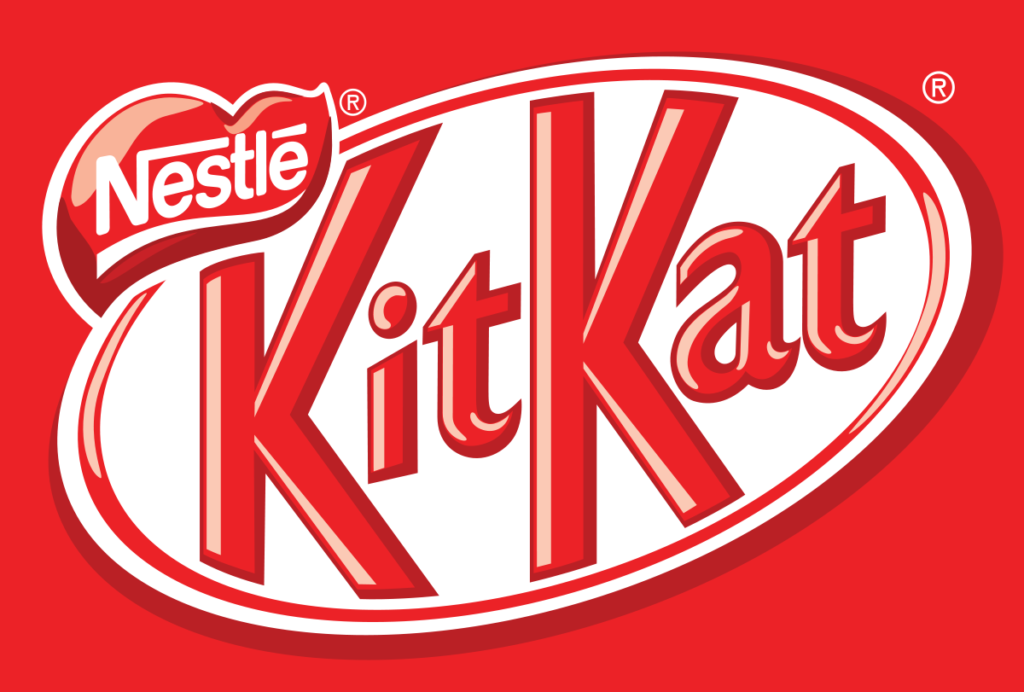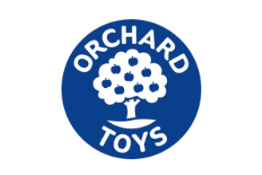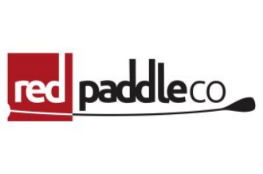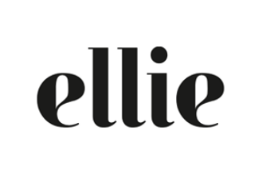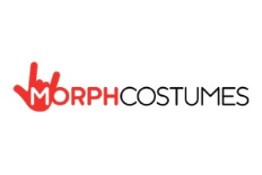In December 2016, the General Court of the European Union (EGC) dismissed Nestlé’s attempt to register the four-fingered shape of the brand’s signature Kit Kat chocolate bars as an EU trademark. Marking the latest development in a decade-long legal battle between Nestlé and Cadbury (now owned by Mondelez International), the EGC ruling stipulates that the European Union Intellectual Property Office (EUIPO) must re-examine whether the Kit Kat shape had acquired distinctiveness in all EU member states in respect of all goods covered by it. The decision, which means that the four-fingered shape can currently be used freely across the EU, imposes new obstacles on businesses that are seeking to register a 3D trademark.
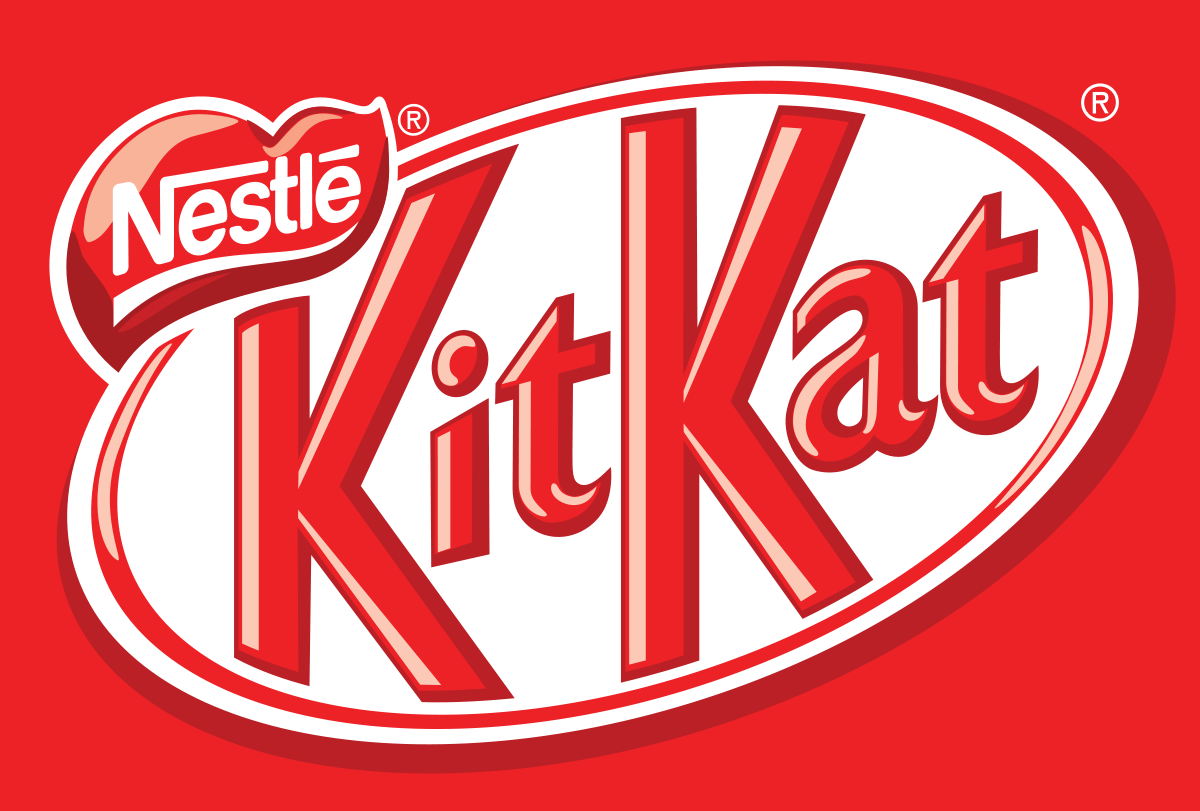
The importance of acquired distinctive character
The ruling follows a decade-long dispute between the two food giants. The EUIPO had previously dismissed Cadbury’s application to declare the Kit Kat trademark invalid on the grounds that the shape had acquired ‘distinctive character’. It is this dismissal that the EGC annulled in its current ruling.
The Court established that if a trade mark is registered for a category of goods which also has sub-categories, then it applies only to goods where it has been put to use. The fact that Kit Kat does not ‘fall under the categories of goods consisting of bakery products, pastries, cakes and waffle’ was one of the reasons behind the EGC’s decision to revoke the trademark. Furthermore, the ruling set a precedent for future cases about the acquired distinctive character of a trademark. Distinctiveness is a key test in assessing whether or not a shape is eligible for registration. A mark must not be registered if it is devoid of distinctive character, but trademarks which are not inherently distinctive can acquire distinctiveness through their use. The EGC held that as the four-fingered Kit Kat shape does not have an inherent distinctive character, it would have been necessary for Nestlé to show that a distinctive character had been acquired through use in all fifteen states that had joined the EU by 2002 (when the Kit Kat trademark was filed). The EUIPO had found that Kit Kat had acquired distinctive character in ten of these countries – Denmark, Germany, Spain, France, Italy, the Netherlands, Austria, Finland, Sweden and the UK – but not in countries including Belgium, Ireland, Greece and Portugal. Therefore, the General Court ruled that the the Board of Appeal of the EUIPO ‘erred in law’ by concluding that the trademark had acquired distinctive character across the European Union.
Implications for businesses
Nestlé’s official statement concluded that ‘the judgment sets a high threshold’ by requiring evidence of acquired distinctive character in all EU states. Applicants will now have to undertake costly research to prove that their mark has acquired distinctiveness through use in all 28 member states (including the eight countries that each account for less than 1% of the total EU population), knowing that their application will be refused if this is not considered sufficient in just one of them.
Nestlé decided to appeal against the decision before the European Court of Justice, the EU’s highest court, in mid-February, meaning that a final decision in the case will not be made any time soon.
Featured image: “Kit Kat Snap & Share” by Hazel Nicholson (Flickr), licensed under CC BY 2.0

